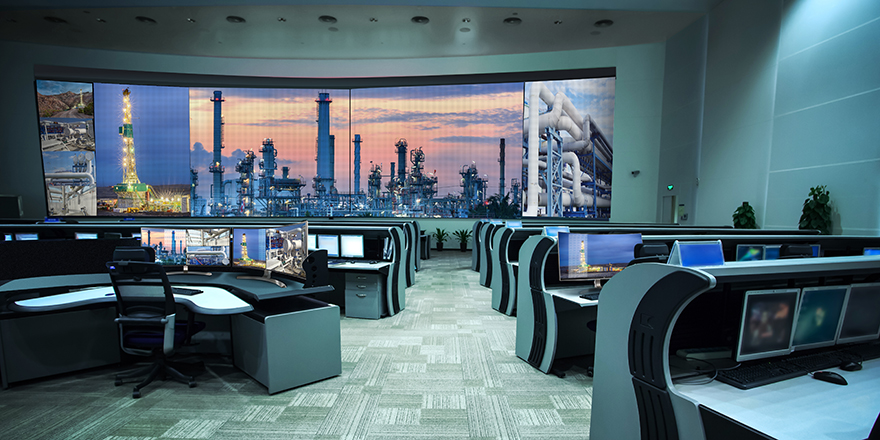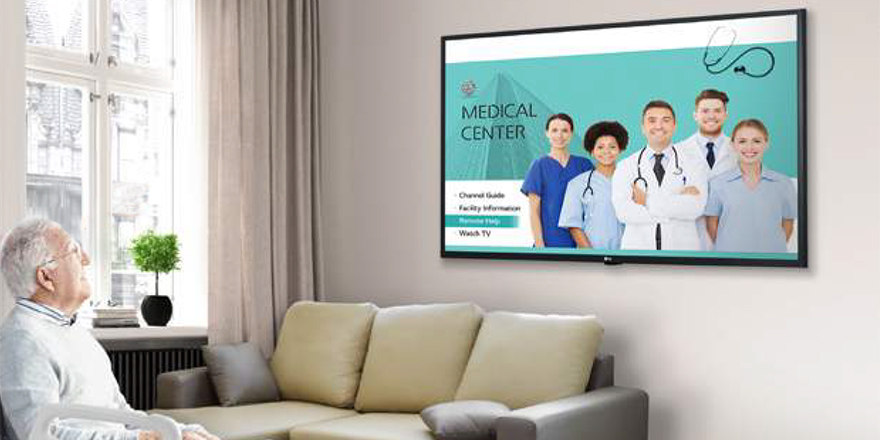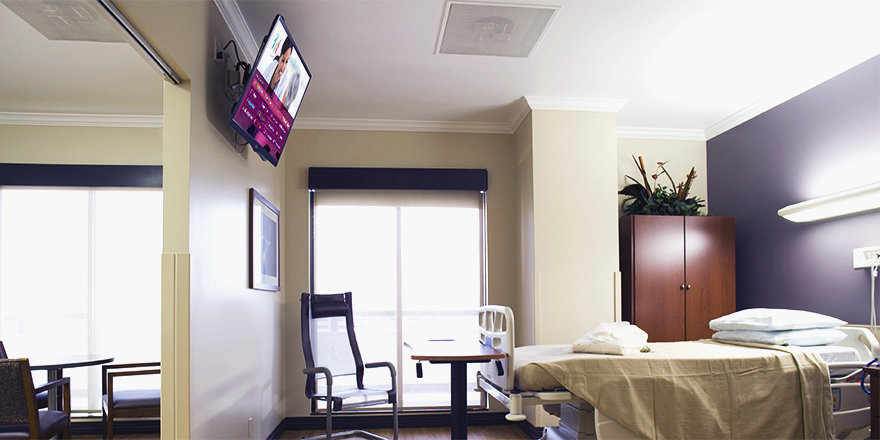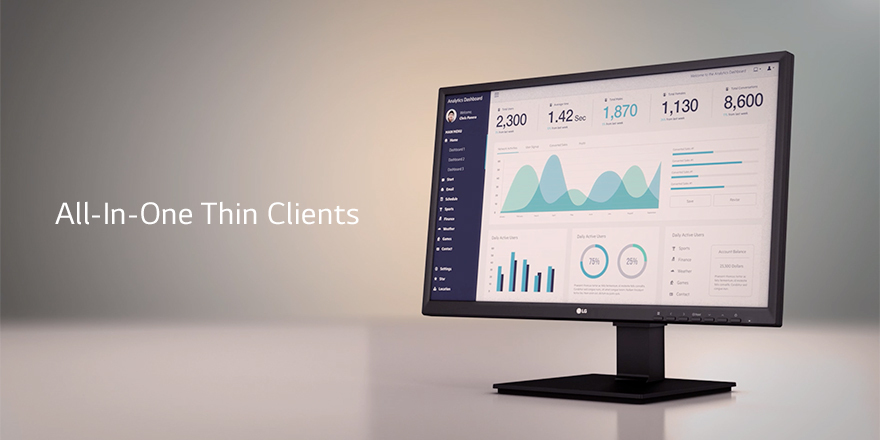
Victoria Sanville, National Sales Manager, Public Sector, LG Business Solutions USA
A large part of 2020 was everyone’s scramble to meet the demands of remote working and learning. In particular, higher education and K-12 school systems had to navigate the enigma of successfully transferring every single student to a learn-from-home environment essentially overnight – no small feat. This included purchasing new hardware like tablets, laptops, desktops and learning screens but also expanding network accessibility and security so information stayed confidential and connected throughout the school day. What started as reactionary buying of hardware and software is now going to shift in 2021 to more preemptive purchasing as K-12 school systems and higher education institutions start putting together their strategies for the remainder of the pandemic and what the permanent changes upon their campuses will be.
For LG Business Solutions, they not only had the hardware and software partners at the ready for when the mass buying happened to accommodate learning from home, but now they have gone beyond the tactical provision of products to a strategic mindset in which their main question for customers is: what kind of ecosystem do you want to provide? If you want it, they help you design it.
As educational organizations clarify how they want to move forward, LG is differentiating themselves from the rest of their market by taking the corner on flexibility. LG is able to strategize with their customers, in this case higher education and K-12 institutions, and offer them flexibility when it comes to solutions, products, and budget, so no matter what these organizations need, LG can help them optimize that specific environment.
Flexible in Solutions
Being able to apply LG hardware in different settings opens doors for customers looking to optimize their investments. While we learn to navigate the new space between in-person learning and remote learning, LG offers the ability to provide for blended learning; that is, a mix between remote and in-person. For example, educators can be teaching with in-person students and have their lessons displayed from their laptop onto an interactive display board in the classroom while that same content is streamed on a desktop monitor, for visibility, and displayed through a conferencing technology to students at home at the same time. Blended learning supports what educators are calling synchronous learning because no matter where the student or teacher is, the learning is live. Prior to the pandemic, this way of conducting education wasn’t a popular or even functional option for a lot of education institutions, but after partnering with LG and utilizing their solutions, schools are now able to offer their students value regardless of location.
Another solution LG is providing for is in the Esports environment. Esports is the world of competitive, organized video gaming. Popular gamers/players are watched and followed by millions of fans all over the world who attend live events or tune in on TV or on Twitch. K-12 schools are starting to adopt Esports as an addition to traditional sports in hopes of engaging a broader population of students that wouldn’t otherwise be plugged into a social or extracurricular activity. Schools have their own leagues, summer coding camps and competitions that give students a way to connect with their peers.
For higher education, Esports is having a productive purpose, as well. Students are increasingly taking coding courses to learn how to write and develop games. Architecture students are able to make course projects out of developing arena layouts and are taking entire courses on how to build mobile arenas that are set up and broken down for the sole purpose of one- or two-day Esports competitions. Some students are able to learn the production and broadcasting side of Esports, as well.
While LG products have always been used in an educational setting, the company is seeing a direct correlation between the rise of Esports and campuses requesting more video walls, projectors and accessories to be used for this purpose. Having technology and hardware that serves both is intuitively appealing to decision-makers.
Flexible in Budget
Budgeting and spending dollars wisely is a top concern amongst organizational decision-makers since the pandemic brought a head-spinning change to how some industries generate revenue. The higher education industry is now facing a new struggle because of loss of matriculation rates. Without the dollars that come with tuition and fees, schools may struggle with things like professor salaries and building improvements. 2021 is predicted to see a mass return of students back onto their campuses. Using a blended learning or synchronous learning approach made possible by LG products, colleges and universities can not only allow students to live in their dorms, but also learn in their dorms. Benefits to this approach are twofold: it increases likelihood of slowing the COVID-19 spread but it also provides students the flexibility to have the best of both worlds – being close to school resources and the freedom to learn in their dorms when the need arises. This compromise has potential to be a big revenue generator for colleges and universities who are looking to resume normalcy as soon as possible.
When deciding on technology for their campuses, university decision-makers know their limits and their budgets. LG meets their needs by offering a “good, better, best” scale to provide quantity while not sacrificing quality. The ultimate flexibility of the LG products serves both the student population and the administrative side as well.
Flexible in Products
When you think of flexibility, you think of having options. And when campus leaders are looking for technology and hardware vendors, they want the decision-making process to be as simple, efficient and cost-effective as possible. LG provides a spectrum of products so that customers only have to choose one vendor as a source of almost everything they need. From small format products like individual desktops, laptops, and projectors to large format products like flat panel displays and video walls, LG’s options provide a simple and efficient way for campus decision-makers to access everything they need. LG products include interactive displays for in-classroom learning or mobile cart application, video teleconferencing solutions for collaboration efforts in safe spaces on and off campus, powerful PCs and cloud technologies to secure communication, and high-resolution ultra-wide desktop monitors to support the use of study areas in libraries to huddle spaces in specific campus buildings. This kind of flexibility is invaluable when considering how to bring students back to campus safely during the pandemic.
In addition to their various products, LG allows space for maximizing investments because these products can be used for multiple purposes. For example, the Esports monitors and equipment for one student group can be repurposed and used by graphic designers and engineering students to conduct their courses. Video walls can be used for campus-wide communications that can alert students to emergencies or announcements and can be used to broadcast in the hallways for such things as learning tools from the librarian or after-school activities. For business schools that hold conferences or televised meetings, the video wall and interactive portfolios serve as effective tools to communicate to a large audience at once.
LG partners with companies like Iron Bow Technologies to augment customer service, provide technical expertise, implementation assistance and fill resource gaps the campus may not have in-house. The value-add for these services can make the process of digitizing campuses easier and simpler so campus leaders can focus on keeping their student body safe and keeping their resources within their budget.
The flexibility between LG’s solutions, budgeting and products gives it a unique draw to the higher education and K-12 market – especially now after the adjustments of the pandemic demand agility as the US keeps up with the constant change of lifestyles. To learn more about LG’s products, visit the website. To learn more about Iron Bow’s value-add services, or how to procure on the OMNIA Partners Contract vehicle please contact them.
*Originally posted on the Iron Bow TechSource Blog






